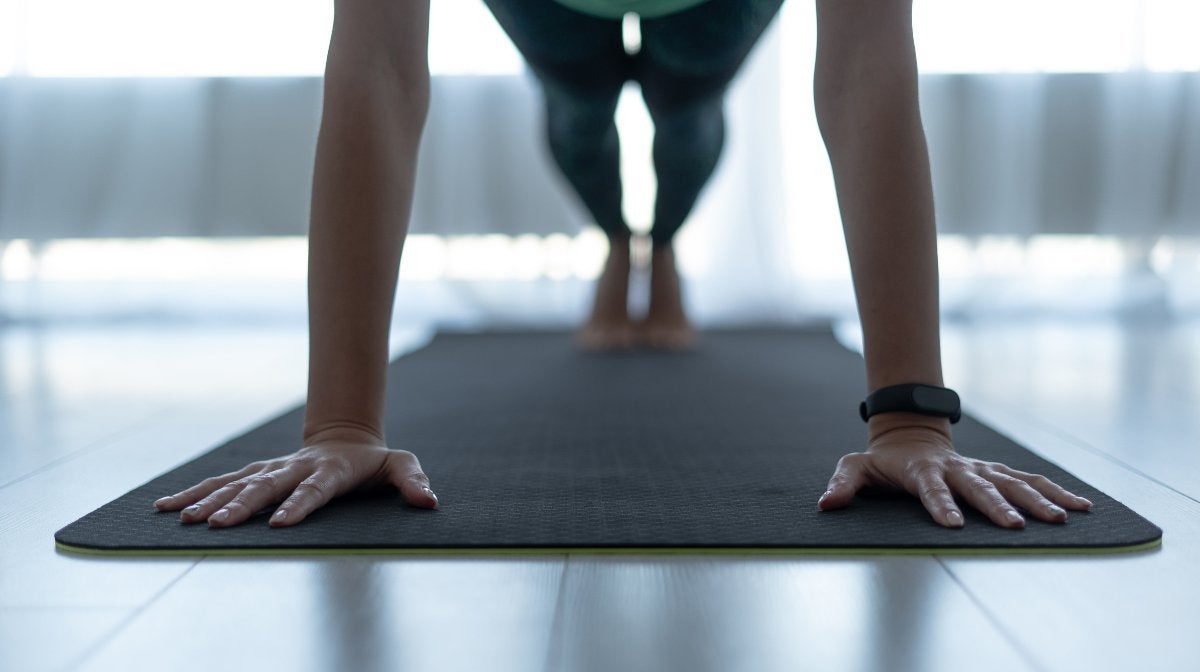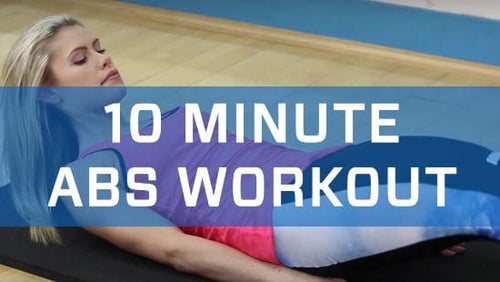
Our lives today, compared to just two weeks ago, are looking very different. Work, school, exercise, and the way we socialise has changed dramatically — and we’re all still catching up.
One of the biggest concerns that people have had is how can they stay active while social distancing. With limited space to move around, how are you meant to get all those steps in?
Although we’re allowed to exercise outdoors still, many people can’t get out for various reasons whether it’s time, weather, family commitments, fear, or health. But this shouldn’t deter you from exercising.
While these self-isolation and social distancing measures are necessary, we still need to move to keep our bodies and minds functioning. Staying active is also a way of keeping your spirits up during this challenging period.
How to be more active at home
First off, it’s important to pick out the activities that you enjoy. When you find something you like doing, it’ll never seem like a chore. Having fun while moving at home will keep you on track, and you’re more likely to look forward to this part of the day. Whether it’s gardening, cleaning, or just jumping around, there are plenty of ways to keep moving around the house.
There’s no set amount of time you should move each day, however, the NHS official guidelines recommend that people between 19-64 should aim for around 150 minutes of moderate aerobic activity a week. Here it’s important to note that every bit counts, so don’t put too much pressure on yourself if you can’t fulfil the weekly recommendations.
The NHS also suggests that aerobic activities such as fast walking or cycling are perfect to increase the heart rate and get fit, but where does this leave you if you can’t leave your home?
Here’s our favourite active ideas for home:
1. Sit less
It’s very easy to fall into a sedentary lifestyle when you’re spending a lot of time at home. If you’re working from home, you’re likely to be sat in front of the computer all day and come evening, you may be reading or glued to another screen. This all involves the same old sitting position.
If your desk job has followed you home, remember to take regular breaks like you would have done in the office. After 30-45 minutes of working, get up and walk around.
Alternatively, you could also try making a standing desk — a chest of drawers works perfectly. A standing desk reduces the stress your back endures from sitting on that stiff kitchen chair — and it gets you moving more.
2. Take the stairs
Does your home have stairs? Make the most of them. Just climbing up and down the stairs more frequently and at a quicker pace than normal can increase your fitness levels in no time. If you live in an apartment block, avoid the lift and practise good social distancing by taking the stairs instead, taking care to not make much contact with the handrails.
Stair climbing is a good aerobic activity that can be easily incorporated into your day. With no special equipment needed, you can build and tone your muscles, burn fat and calories, increase your heart rate, and increase your energy levels all in one if you choose to take the stairs more.
3. Do bodyweight exercises
When the new social distancing and isolation rules came into play, there was little time to stock up on home exercise equipment. Thankfully, doing bodyweight exercises can be just as effective.
Doing bodyweight exercises at home in isolation requires no special equipment. All you need is a bit of space and yourself. There’s no big dent in your bank balance or your time because short sets of bodyweight exercises at a high intensity will certainly help you get a sweat on — think planks, crunches, squats, lunges, and press-ups. Aim for 2-4 sets with 8-15 reps each time, making sure you take a minute break in between.
4. Dance your heart out
Who doesn’t love to throw themselves about to their favourite songs? You only have to look at a pro dancer to know that this is a good workout. Not only is dancing incredibly fun and can be done in your living room, but it’s also a great way of keeping up your fitness levels at the same time.
Depending on the music, you can also adjust the intensity from moderate to pretty vigorous — crank up that EDM. Dancing also helps release endorphins, AKA the happy hormone, which will help with those isolation blues. You can choose to dance alone (we won’t judge), or you can invite your friends virtually.
5. It's child’s play
If you’ve got kids, this is a great time to maximise their playtime and also move more at home. Active playing in the garden is not only beneficial to your health, but it also allows you to spend some more quality time with your family.
Skipping, hide and seek, egg and spoon races, and even gardening are all ways of being more active at home with your children. Even if you've not got kids, get your housemates or family involved in a game of tag — you won't regret it.
Take home message
There are plenty of ways to be more active at home without going outside – it just takes a bit more creativity. Moving more at home can help you to reduce that self-isolation anxiety while ensuring that you maintain healthy levels of physical activity. The best thing is that there’s no need for any special gym equipment and they can all be done in a limited space. So, what’s your excuse?
READ THIS NEXT:

14 Chest Exercises For Your Home Workout
If you thought you needed the gym to pump up your pecs, think again....






